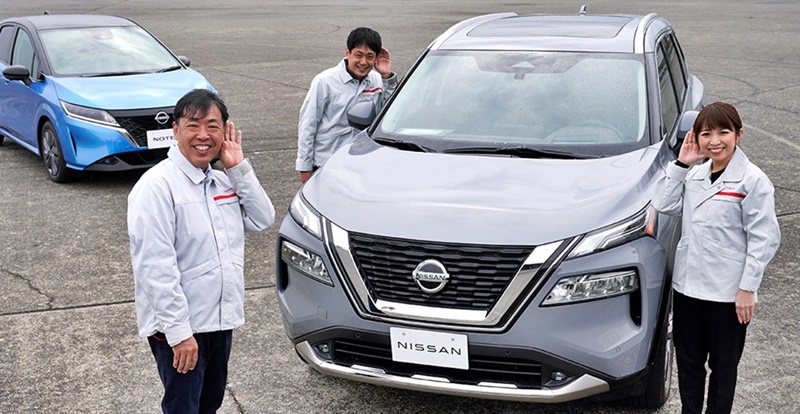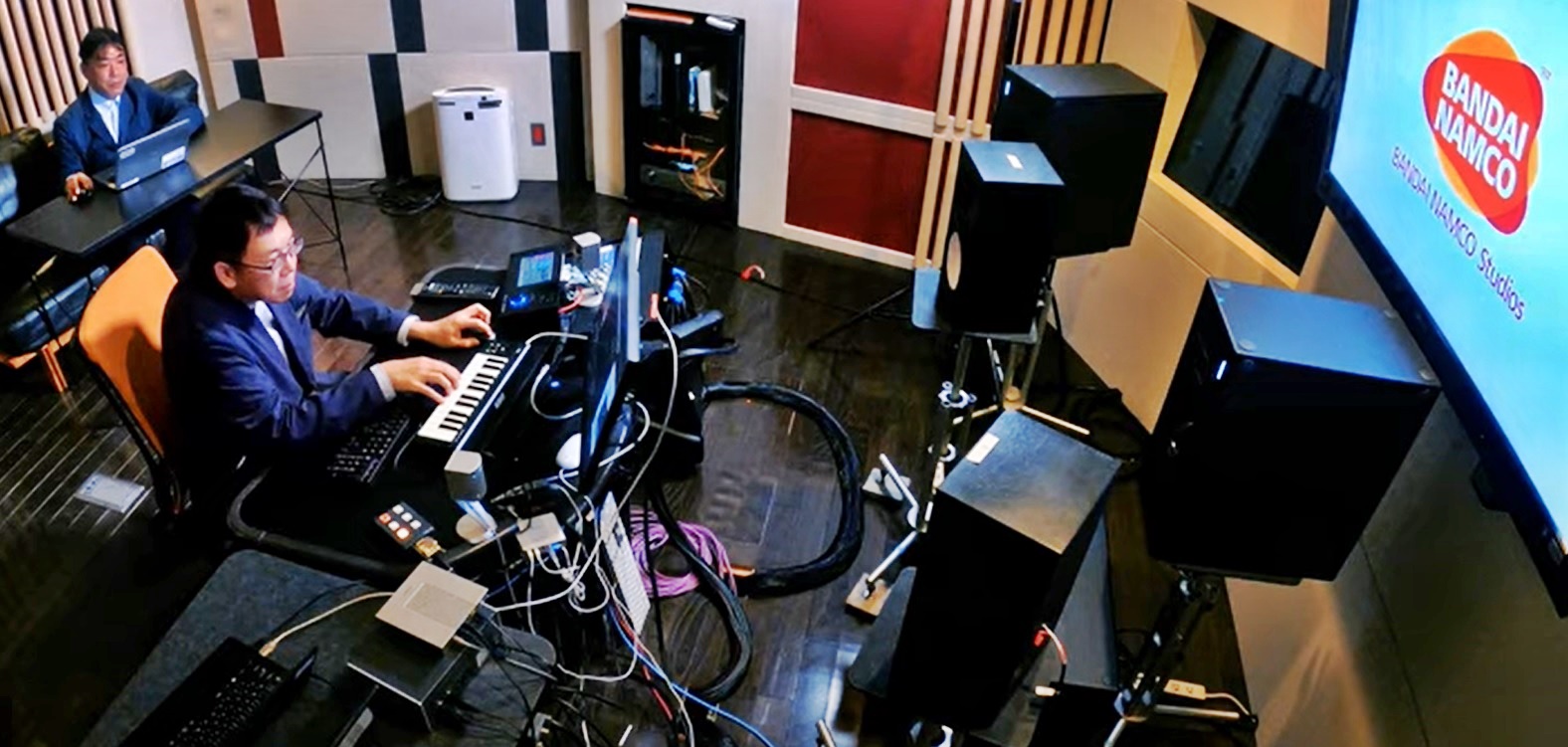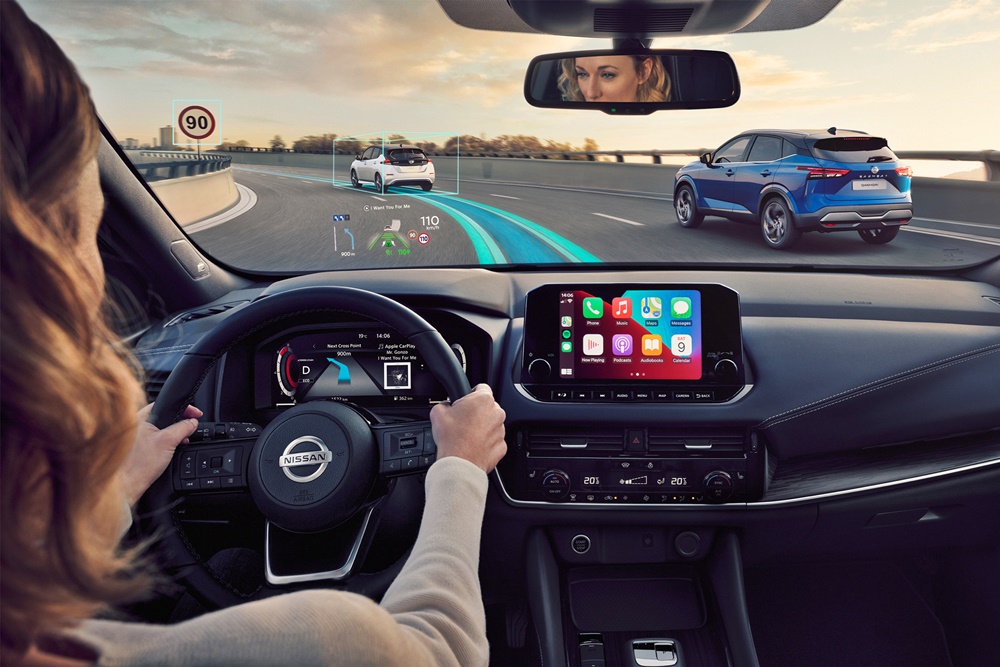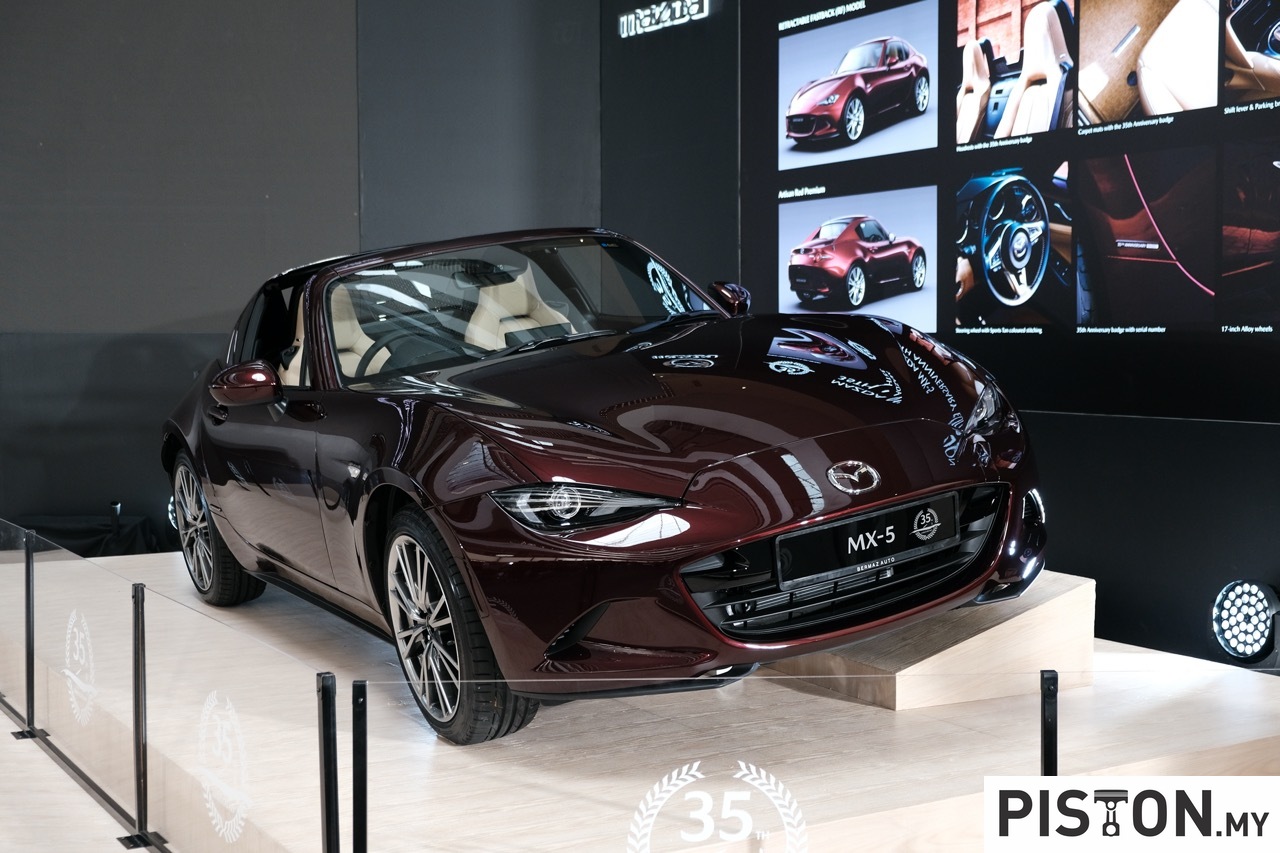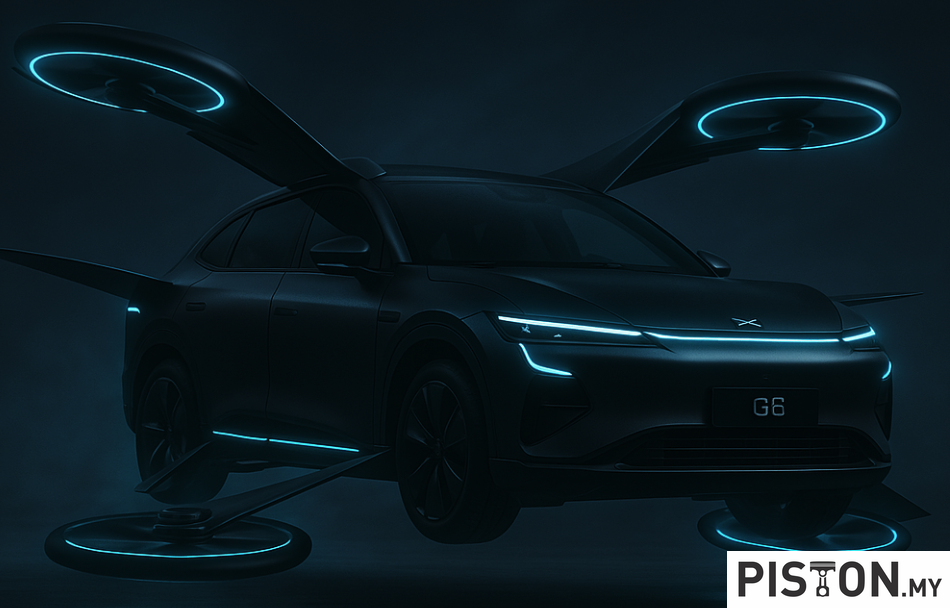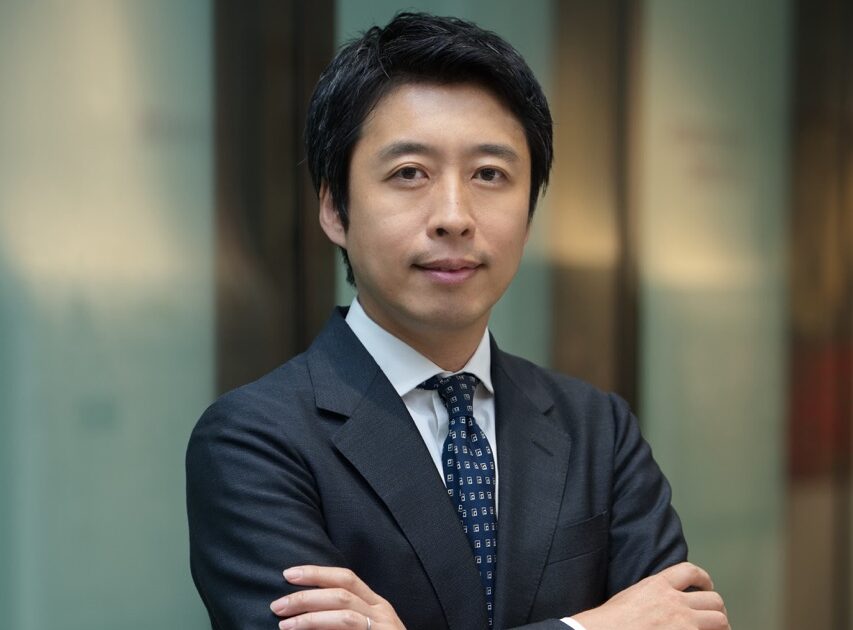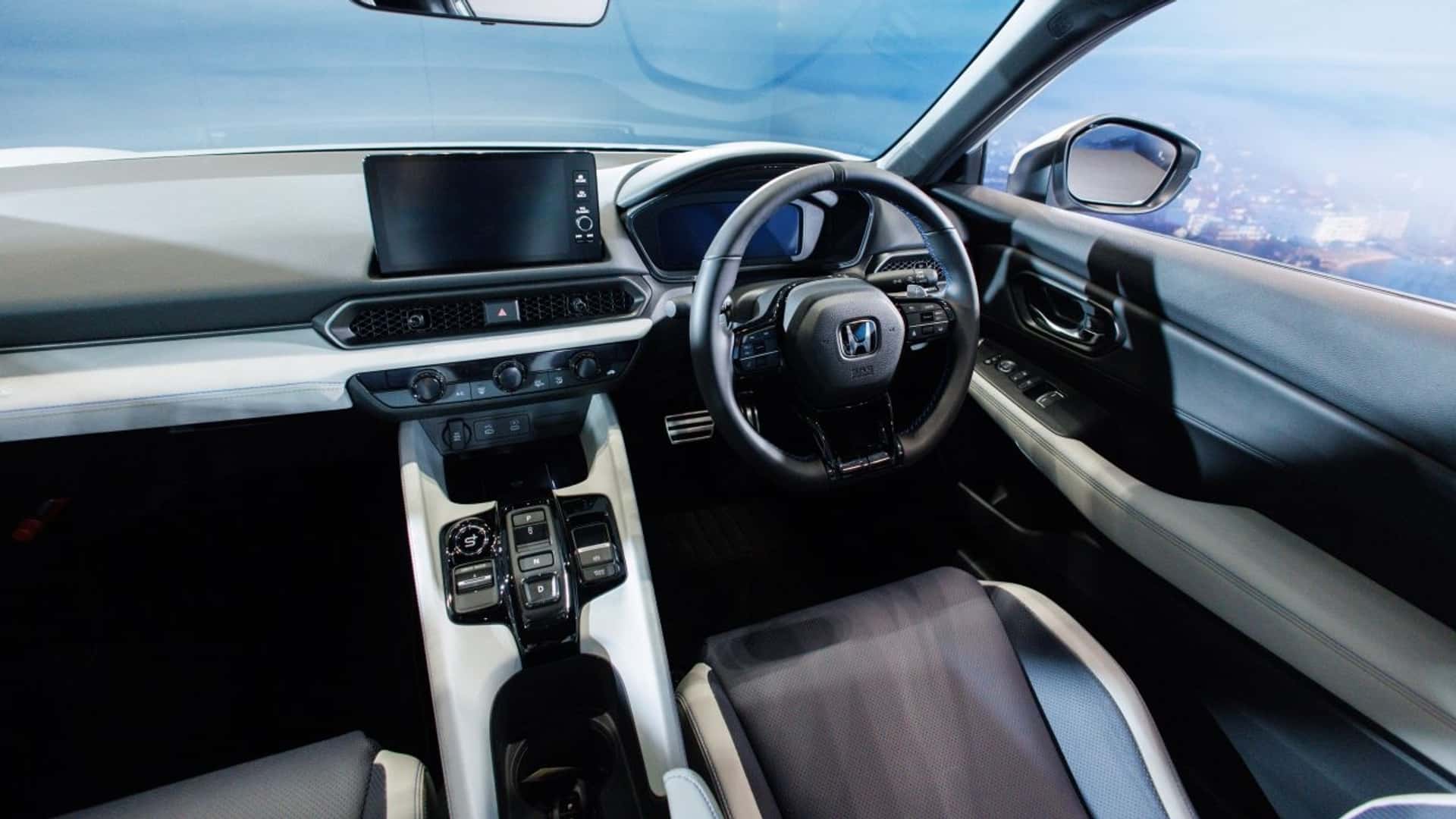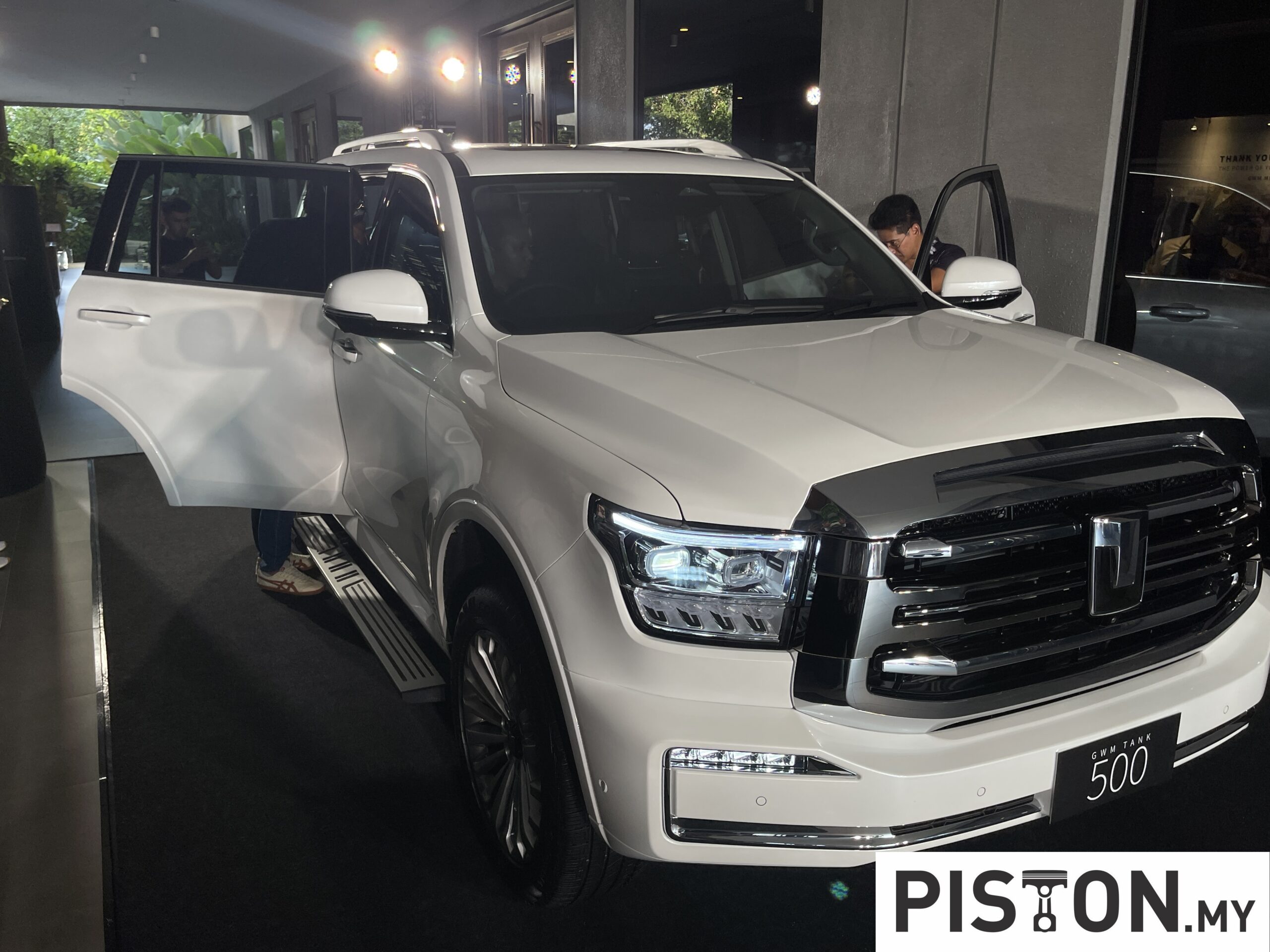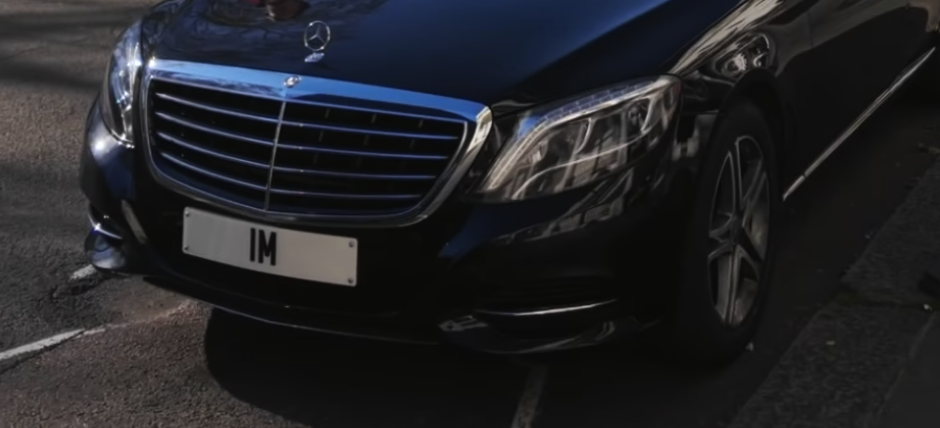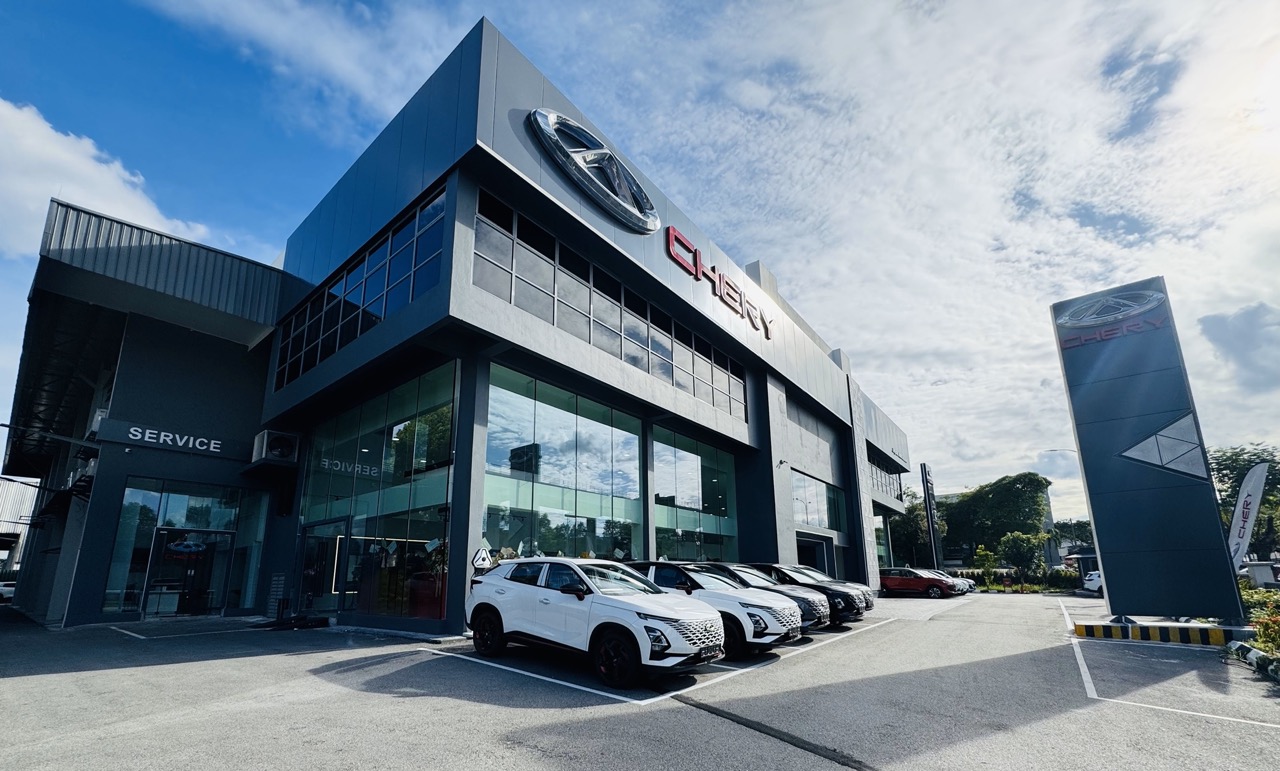While systems like Proton’s GKUI, Ford’s SYNC and the Mercedes-Benz MBUX can intelligently communicate with you and help you with your motoring nowadays, cars have been ‘speaking’ to drivers for a long time. This has been in the form of clicks, beeps, bells or buzzers, with the earliest sound was probably the clicking of the signal lights.
As time went on, other warning sounds were added. For example, if a passenger does not put the seatbelt on, a sound of some sort will provide a reminder. Or when the fuel level gets too low, there will be a warning so the driver will start looking for a petrol station. Japanese cars, from the 1970s, even had a chime that would sound when the speed passed 100 km/h.

Higher quality warning and reminder sounds
The familiarity of the sounds can be important so that virtually any driver will recognise their meaning. At the same time, they need to be ‘right’ so that the driver will respond in the correct way. While most companies use generic sounds, Nissan has teamed up with experts at the Bandai Namco Group to develop in-car sounds for the latest and future Nissan models such as the Rogue, Pathfinder, Note and Qashqai.
The Bandai Namco Group is the entertainment company that developed videogame classics like Pac-Man and Tekken, and also the Gundam sci-fi military hobby items. Their expertise was called upon to help create a higher quality sound that uses pitch, tempo and tone to get information across. Ultimately, Nissan wants the ‘voice’ of its vehicles to have more personality and character.
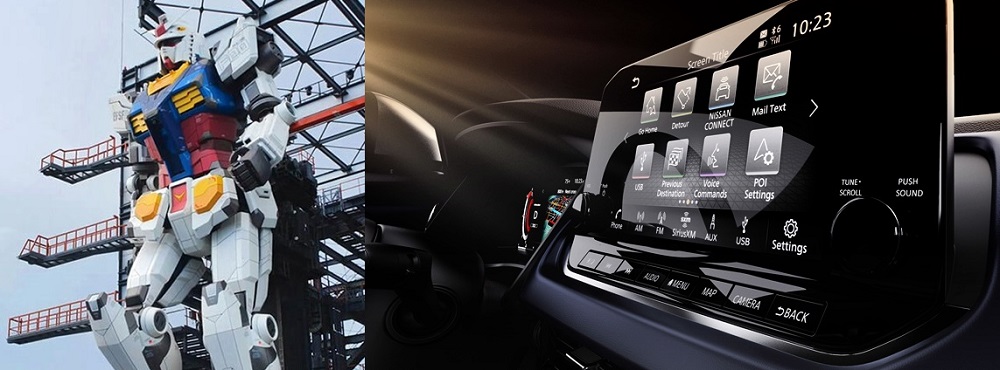
“We wanted to make it easier to understand the information in the car and provide an emotional tone so that people feel the Nissan brand,” said Hiroyuki Suzuki, Nissan’s lead engineer for in-car information sound design. “In game development, Bandai Namco’s sound creators develop sounds that simulate players’ intuitive understanding. We collaborated to create sounds that can help drivers have a similar intuitive understanding, in addition to creating sounds that will become synonymous with Nissan’s global models.”
Developing informational sounds
There is psychology involved in the design of informational sounds. And who knows better than the sound designers of videogames? “There are two types of sound in a game: one creates the world view of the story and express how it develops; the other is functional and absolutely vital for playing the game because they give you feedback or warn you of danger,” said Minamo Takahashi, the sound director at Bandai Namco Research Inc.
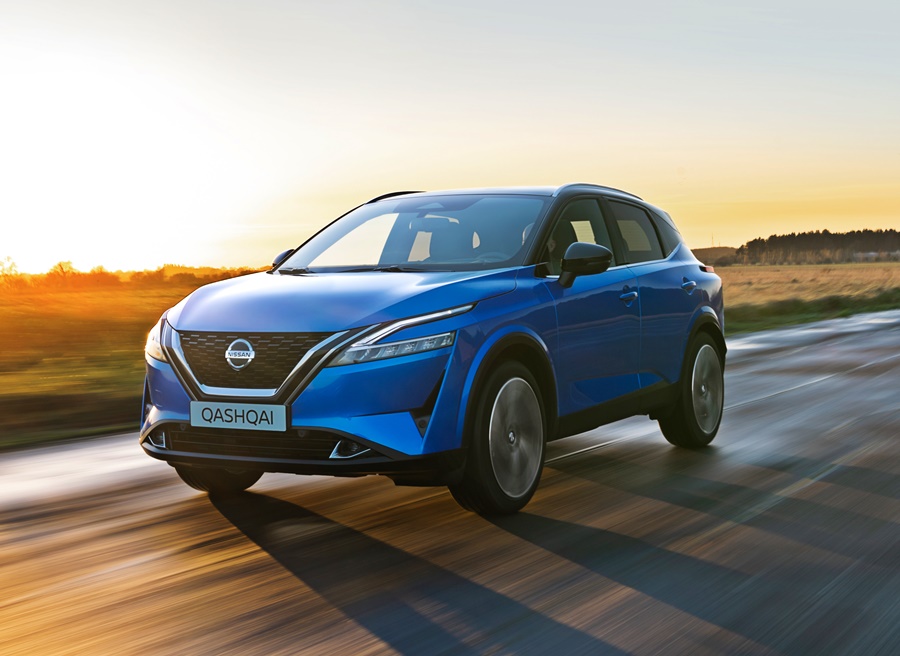
Distinctly Nissan and functional
He notes that similar to gaming sounds, vehicle cabin alerts must convey important information without distracting the driver. But despite how realistic videogames have become, Takahashi said there is still a big difference to making sounds that work in the real world. Working with the Nissan team, he developed sounds that are both distinctly Nissan and functional.
“It was a very intense process,” he revealed. “We stayed for days in the studio, had various discussions and went through trial-and-error with Nissan people from the sound engineering, product planning, design, and testing divisions to find out what kind of sound is suitable for the Nissan brand.”
Once the tones were created in line with the brand’s image, the next step was to create variations of the tones according to the urgency and seriousness of the information being conveyed to the driver. As Nissan’s ergonomics test engineer Miwa Nakamura explains: “Research has shown that urgency depends on the frequency of the sound, and that severity depends on the frequency itself. In order to intuitively understand what types of sounds are used, each sound is divided into functional groups and differentiated by tone.”
Besides creating a new signature sound, Nissan engineers also had to consider the devices being used to emit cabin alerts. When they realized that the monotone devices commonly used would not emit the more layered tones that Bandai helped produce, they had to find a solution.
“There is a limit to the expressiveness of those devices, so we developed a new speaker,” said Hato Hiroshi, a Nissan expert of vehicle system design. A new high-quality speaker fits under the dashboard close to the driver and is optimized for the new information soundscape in Nissan cars, making the important warning sounds distinctive from the sound from the audio speakers.
Through the partnership, Nissan engineers were able to get a new perspective from sound creators who make videogames. Meanwhile, the gaming experts enjoyed a new application of sound design.
“When I got in a car and listened to the sound coming out, I felt the same way I felt when first playing a game I worked on,” said Bandai Namco’s Takahashi. “Even if the industry is different, that sense of accomplishment when you reach your goal is the same.”
Click here for other news and articles about Nissan.




